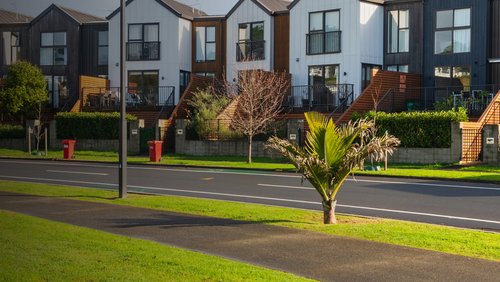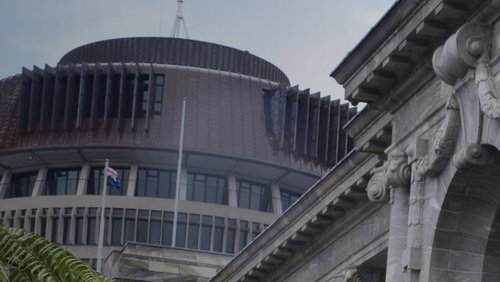15 Sep 2020
The report by the Association of Consulting and Engineering New Zealand (ACE New Zealand), titled “Infrastructure for the long haul - A need for transparency and durability” was drafted by Sense Partners. It makes clear there is no shortage of infrastructure work that could be done, as New Zealand looks to boost its economy post-Covid – but we must do it right.
New Zealand has a massive infrastructure deficit
The report estimates that our current infrastructure deficit could be as high as $75b. This total represents the amount of money needed to offset decades of underinvestment.
But as well as catching up the underspending of the past, we have a lot of work to do to ensure our infrastructure is fit for purpose not only for today, but for the challenges of tomorrow. Infrastructure will need to be resilient in the face of climate change and meet our climate objectives; it will need to be adaptable and responsive to innovation.
Getting it right for the future
The Government’s shovel-ready initiative is recognition of the value infrastructure projects create both in the short and longer-term. The report discusses where our infrastructure planning has let us down in the past and what we need to address if we want to ensure the sector is able to deliver meaningful post-Covid projects that produce real long-term benefit.
Swift swings in investment priorities from one asset type to another has made it hard for the sector to build and retain the specialist skills needed to deliver projects. Redundancies following the global financial crisis of 2008-09 also saw capacity lost, with recovery times of four – six years.
So, what would a strong, highly functioning system of infrastructure planning and investment look like?
The sector needs certainty, the report says. It needs to know what skills and capacity will be needed in the years ahead.
ACE New Zealand recommends that the New Zealand Infrastructure Commission – Te Waihanga play a lead role in delivering a national infrastructure strategy. This strategy would have a 30-year view, a pipeline of projects and 10-year investment intentions. Constant monitoring and reinforcement by Ministers and Cabinet would ensure that projects had high-quality business cases and were in line with the strategy.
ACE New Zealand also sees room for improvement in procurement and delivery processes. Procurement must not be a race to the lowest cost. Rather a long-term view should be taken, with whole of life cost an important consideration.
And finally, projects should be monitored and reported on. There must be accountability to ensure projects deliver their stated benefits.
The best model?
From upgrades desperately needed to our water and sewage systems, to improvements in public transport infrastructure, there’s general agreement more investment in infrastructure is needed. But the best ways to fund, manage and deliver these projects are up for debate. The Government has stepped in with some funding for water infrastructure and councils are looking at new models for funding utilities infrastructure in their regions.
Is ACE New Zealand’s call for strong national direction with a long-term view the way to go? Is it the best model to deliver certainty, while still maintaining flexibility and responsiveness to innovation?





